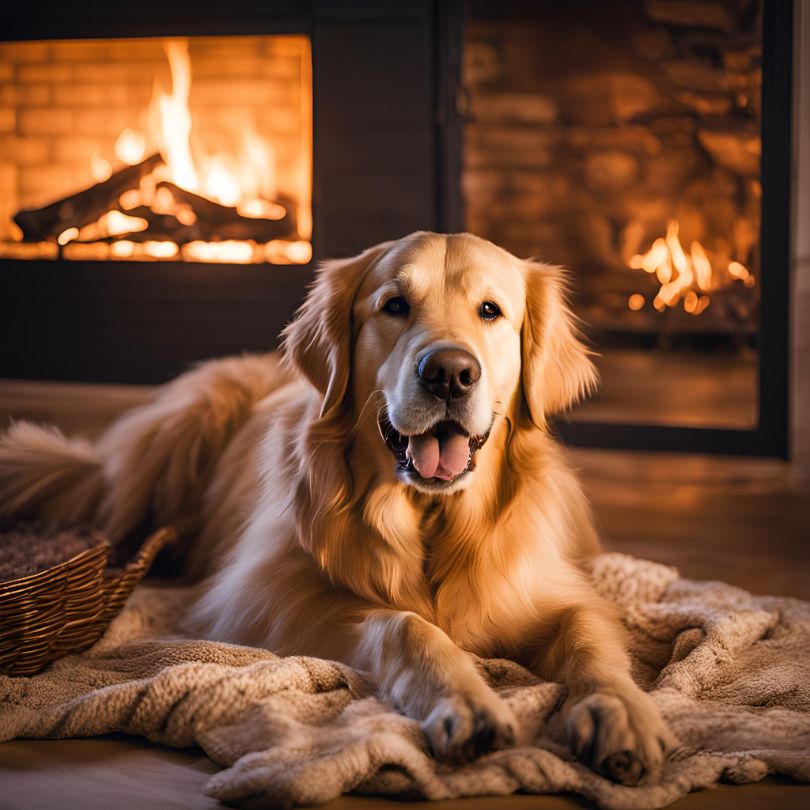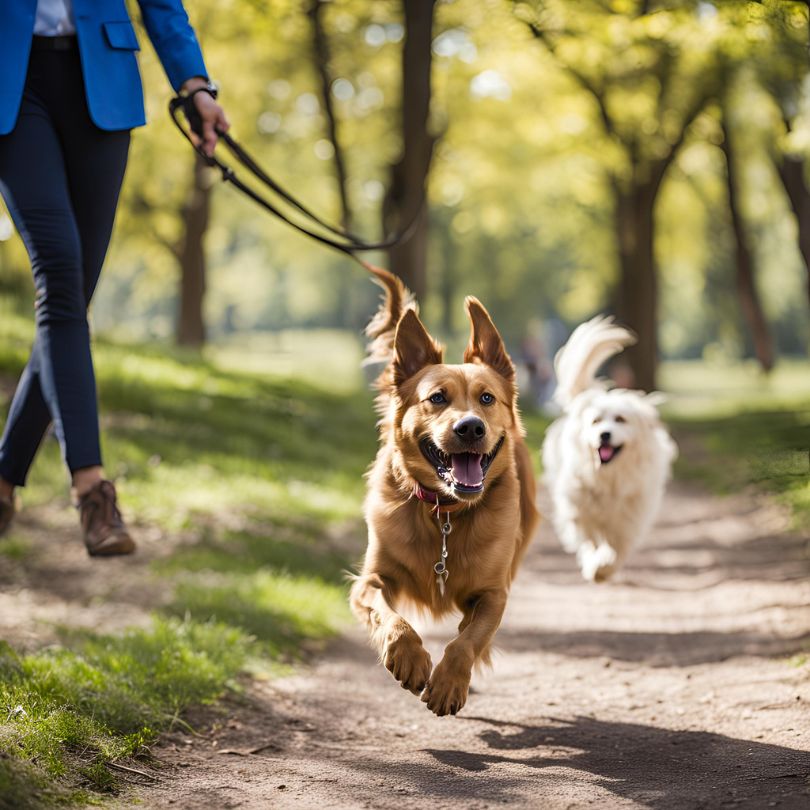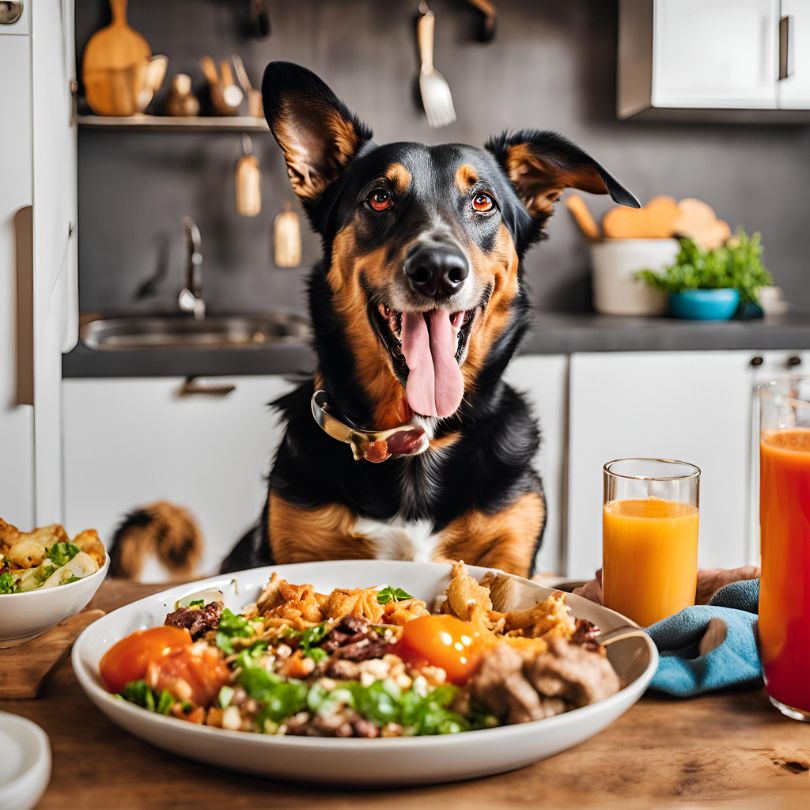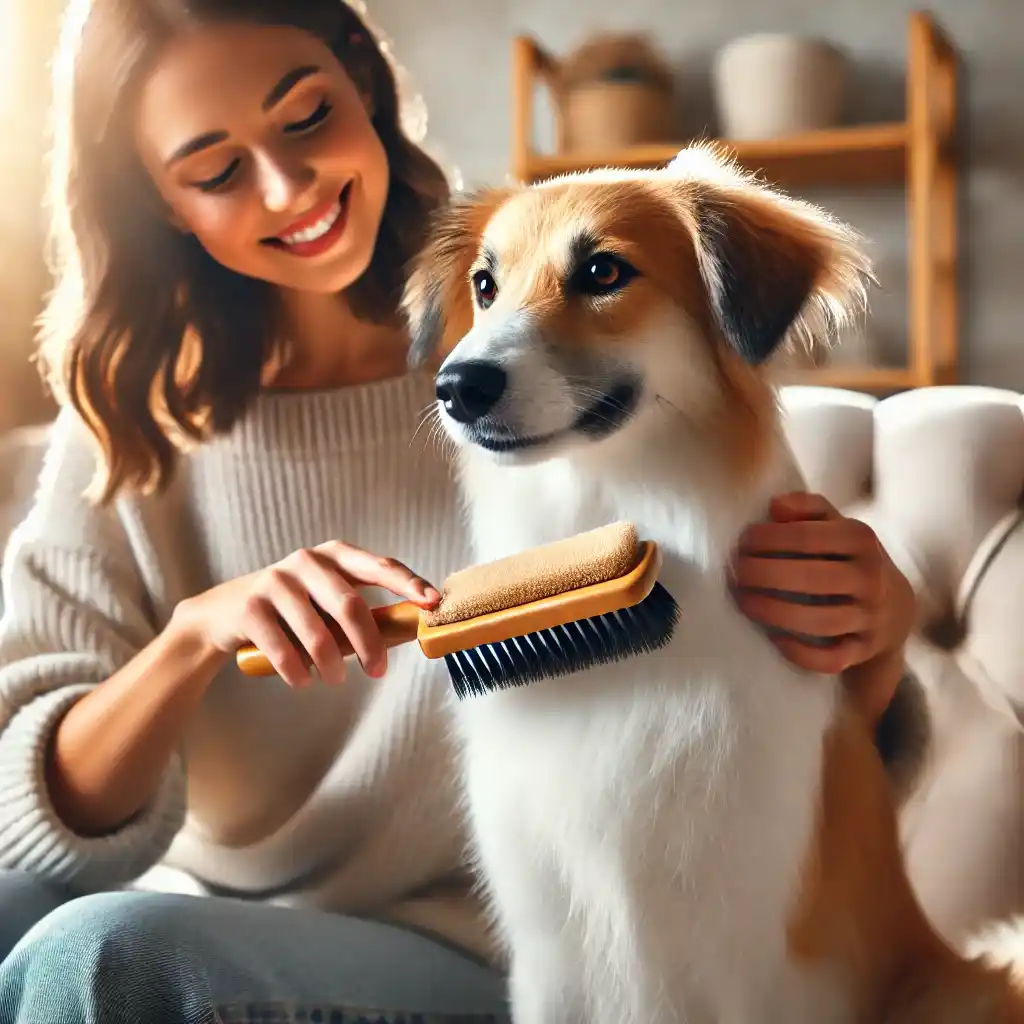As temperatures drop and the days get shorter, it’s important to pay special attention to the health and well-being of our canine companions.
Dogs can be vulnerable to cold weather and seasonal challenges, so adjusting their care routine can keep them warm, healthy, and happy throughout the colder months. Here are some essential tips for dog health care in the cold season.
1. Keep Your Dog Warm with Proper Winter Gear

Not all dogs are suited for colder weather. Smaller breeds, older dogs, and those with short or thin fur are particularly sensitive to the cold. Investing in winter gear can help your dog stay comfortable and safe.
• Dog Jackets or Sweaters: A cozy, insulated dog jacket or sweater can help regulate your dog’s body temperature. Make sure the fit is comfortable and that it covers their chest and back.
• Booties for Paw Protection: Cold ground, snow, and ice can harm your dog’s sensitive paws. Booties provide extra protection and prevent paws from cracking or getting irritated by ice and salt.
• Avoid Overheating Indoors: While it’s essential to keep your dog warm outside, avoid overheating them indoors, especially with winter gear. Make sure to remove any jackets or sweaters when inside to allow their bodies to adjust.
2. Adjust Outdoor Time and Keep Walks Shorter

During cold weather, frostbite and hypothermia become real risks, especially for smaller dogs and breeds not suited for the cold. Adjusting outdoor time can make a big difference in your dog’s comfort and health.
• Limit Outdoor Time: For most dogs, shorter walks are safer in extreme cold. Keep an eye on their body language; shivering or lifting paws are signs they may be too cold.
• Choose Warmer Times of Day: Walk your dog during the warmer parts of the day, such as late morning or early afternoon, to avoid extreme cold.
• Engage in Indoor Activities: If you’re unable to get outside for extended playtime, consider indoor activities like fetch or interactive toys to help keep them physically and mentally stimulated.
3. Monitor and Protect Your Dog’s Paws
Cold weather, salt, and ice-melting chemicals on sidewalks can damage your dog’s paws. Take steps to protect and care for their feet during winter.
• Use Paw Balm or Wax: Apply a paw balm before and after walks to help create a barrier against harsh conditions. These balms help prevent cracking and keep paws moisturized.
• Rinse Paws After Walks: Salt and chemicals can be toxic if ingested, so rinse your dog’s paws with lukewarm water after walks to remove any residues.
• Trim Paw Hair: Keeping the fur between your dog’s paw pads trimmed reduces the amount of snow or ice that can accumulate and cause discomfort.
4. Maintain a Nutritious Diet and Adjust Portions if Needed

Just like humans, dogs may need additional calories to stay warm in the winter, especially if they spend time outdoors. Talk to your vet about adjusting your dog’s diet if they are more active or spending more time in colder weather.
• Increase Calories for Active Dogs: Dogs that play or work outdoors in the cold may benefit from a slight increase in calories to support their energy needs.
• Provide Hydration: Cold weather can be dehydrating, so ensure your dog always has access to fresh water. Check water bowls regularly if kept outside, as they can freeze in low temperatures.
5. Watch for Signs of Hypothermia and Frostbite
Dogs can experience hypothermia and frostbite just like people. Knowing the symptoms can help you act quickly to prevent any serious harm.
• Signs of Hypothermia: Shivering, lethargy, and weakness are early signs of hypothermia. In severe cases, your dog may have trouble breathing or may become unresponsive.
• Symptoms of Frostbite: Frostbite commonly affects the ears, paws, and tail. Look for signs of discoloration (bluish or pale) and swelling. If you suspect frostbite, bring your dog indoors, use warm (not hot) water to gently warm the affected areas, and contact your vet.
• Limit Time Outside: To avoid these conditions, limit time outside and provide warm, dry shelter.
6. Regular Grooming to Maintain Coat Health

While it may be tempting to skip grooming during the winter, maintaining a healthy coat is essential to help insulate your dog against the cold.
• Brush Regularly: Regular brushing helps remove loose fur, stimulates natural oils, and prevents mats that can reduce your dog’s coat’s insulation ability.
• Limit Baths: Frequent bathing can dry out your dog’s skin, especially in winter when humidity levels are lower. Consider using dry shampoos or waterless grooming wipes if needed.
• Protect Skin Health: Dogs may develop dry or flaky skin in the winter. Using a humidifier indoors and giving your dog Omega-3 supplements (after consulting with your vet) can help keep their skin and coat healthy.
7. Keep Your Dog Active and Engaged
Staying active during winter is important to prevent weight gain and keep your dog’s mind engaged. Finding ways to maintain physical and mental exercise indoors can prevent boredom and behavioral issues.
• Indoor Games: Activities like tug-of-war, fetch, or hide-and-seek can be fun and engaging alternatives when outdoor play is limited.
• Puzzle Toys: Interactive toys and treat puzzles stimulate your dog’s mind, providing a rewarding experience that keeps them entertained.
• Basic Training Exercises: Winter is an excellent time to reinforce basic commands or teach new tricks, helping to keep your dog mentally active and focused.
Caring for your dog during the cold season requires extra attention to their physical and mental well-being. With proper winter gear, a balanced diet, and regular care routines, you can keep your furry friend healthy and happy no matter the weather. Always prioritize their comfort and safety, and adjust their routine based on individual needs. A well-cared-for dog is a warm and content companion, ready to enjoy the winter season by your side.

